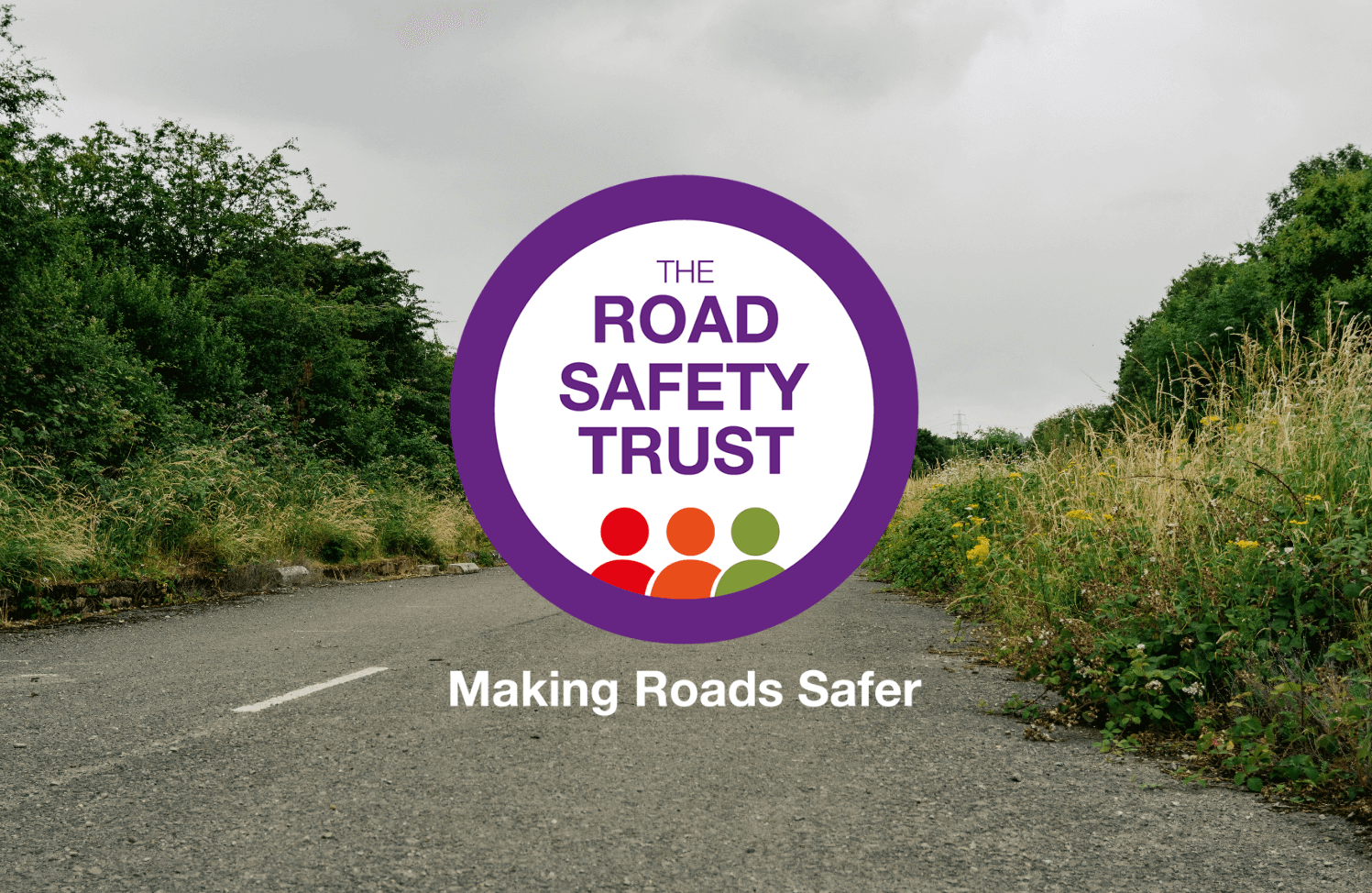What the flock
We were commissioned to produce a substance misuse campaign that addresses the disparity between perceived and actual levels of substance use. The campaign needed to be sustainable for three years and it was essential that campaign captured the attention of students from three Leeds universities.
We adopted the social norms technique and created an iconic brand in order to drive campaign messages. The end goal was to deliver the truth about their own behaviours to as many students as possible.
Client
Leeds Universities’ Substance Misuse Group, NHS Leeds
The main objectives of this project were:
Review market research to determine the campaign strategy and key messages that will be communicated.
Develop a marketing strategy and campaign design that ensures messages are communicated effectively, creatively and in a way that engages the target audience.
This should be carried out in a way that does not give the media and local community reason to believe this campaign is being undertaken because there is a drugs problem in Leeds.
Manage the implementation of the campaign and measure the success.
A three-stage campaign was devised to create and maintain a buzz
Students were teased with small amounts of information at first and gradually found out more information through both advertising and their own investigation.
We conducted focus groups with different student groups from three Higher Education institutions including mature, international and health-degree students. This allowed us to gain insight into campaigns that the members in our focus group engaged with and found effective.
After reviewing the market research, we developed a campaign strategy that would ensure maximum impact of the intervention, while keeping it sustainable – which was done primarily through digital and reusable ambient media.
A key part of our strategy was the appointment of a peer-to-peer promotional team who could deliver the messages on campuses using their connections and creativity.
We developed an online quiz that measured students perceptions about drug use and educates users about real use.
A student brand attracting mass awareness.
Naming the campaign was important to us, and the commissioners were very comfortable with our initial suggestion of ‘the fix’. However this didn’t resonate with Magpie’s directors. It was when Ged arrived to work one morning (bags under eyes) armed with a presentation and upon his screen appeared the single black sheep icon, and in place of ‘tah dah’ Ged continued with ‘this is it!’ whilst Becky interjected with ‘what the fuck?!’, we pieced the two together to form ‘What The Flock’.
A strong brand identity
Our aim was to create a bold, memorable brand that could be used digitally, in print and in a guerilla way.
During the initial launch the brand was seen in random places so it would stand out and get talked about. The brand aimed to be fun and playful so students would engage with it; and brand managers in future years would embrace and develop it.
The brand, ‘What the flock’, was displayed using the colours black and white in order to stand out amongst so much more visual noise, to keep costs down, and have an ‘underground’ feel. We didn’t want the project to be perceived as coming from a health organisation or agency.
Measurable communications channels were used so that interaction and effectiveness could be monitored to help determine the model for following two years.
As well as measurable digital channels, we got creative with ambient media and ‘What the Flock?’ gathered a strong following.
Campaign impact
17,000
students visited www.whattheflock.org.uk within the three week teaser and launch period.
1,153
people ‘liked’ the campaign on Facebook, creating a large database of students who can be communicated to in the future.
3,296
students flocked to the website at 10pm on the day of the campaign launch.
See more projects:

The Road Safety Trust
A mixed-methods research project designed to develop a nuanced and deeply empathetic understanding of the landscape and needs of road safety changemakers across the UK. Through meaningful and rigorous engagement with these diverse changemakers, the project laid an evidence-based foundation for the Road Safety Trust's future strategy, enabling a truly insight-led and holistic approach to enhancing road safety.
Read more
Rewilding Britain
With Rewilding Britain we developed a digital-first strategy that mobilised public support, drove petition sign-ups, and influenced UK political commitments to rewilding.
Read more